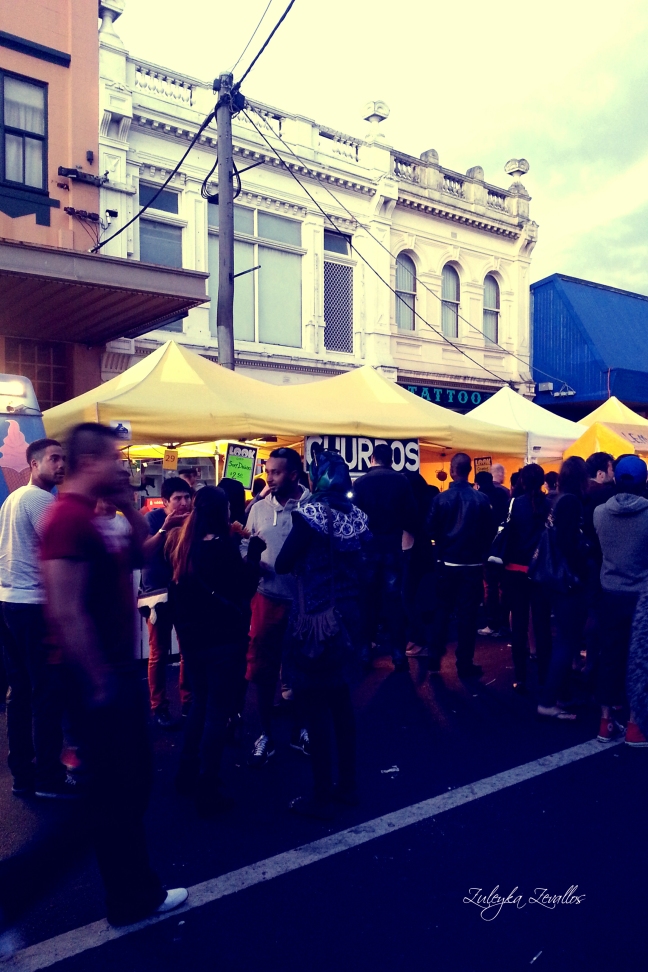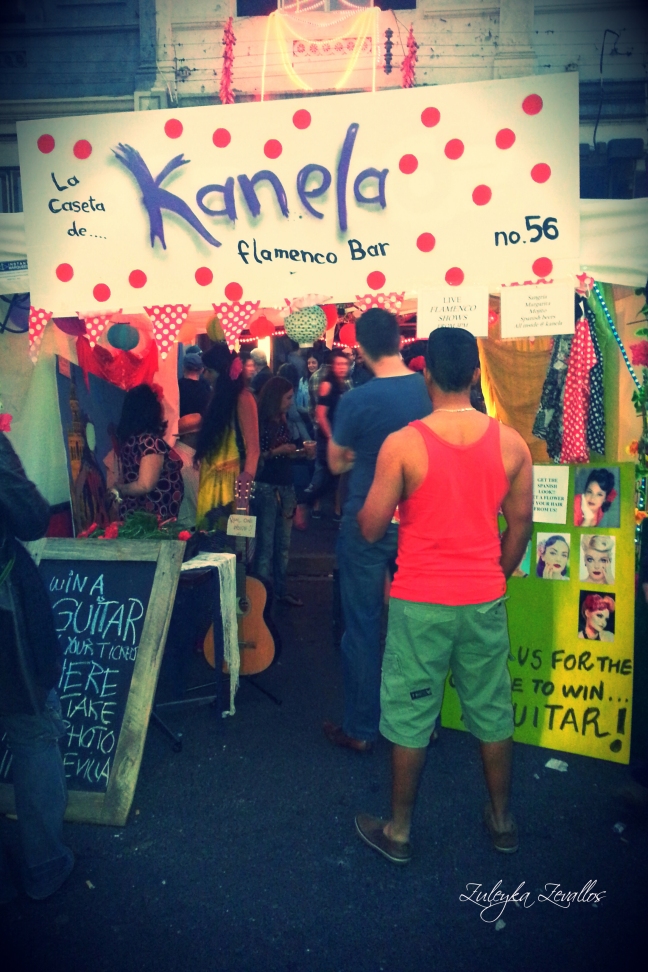This paper was first published in 2007 as part of the refereed proceedings of the Muslim Students at Australian Universities – Access, Inclusion and Success Conference.
Abstract
This paper explores issues of religion and identity among tertiary-educated Muslim women, and the role of education in negotiating social inclusion. Data was derived from 25 qualitative interviews with second-generation Turkish-Australian women aged 18 to 26 years. Sixteen women were attending Australian universities at the time of their interviews, and the other nine women had completed tertiary degrees. The paper examines the adoption of the hijab in the ‘presentation of self’ in the Australian context. The participants communicated an overwhelming support for the hijab as a rewarding religious practice that came with specific social duties given Australia’s status as a multicultural nation. The women likened the hijab to a ‘flag for Islam’, and so they advocated the view that Muslim women who wore the hijab literally embodied certain Islamic responsibilities, including the roles of spokesperson and educator on behalf of Islam. While they felt a sense of marginalisation from the Australian mainstream, these participants ultimately believed that the hijab provided them with an opportunity to bridge the communication gap between Muslims and non-Muslim Australians.
To this end, the women’s tertiary education shaped their understandings of the hijab in relation to Australia’s democratic ideals and its multiculturalism. This paper argues that education represents an important avenue for promoting inter-faith understanding and in strengthening young Muslim-Australians’ sense of inclusion within the multicultural nation. Continue reading The Hijab as a Social Tool for Identity Mobilisation, Community Education and Inclusion










